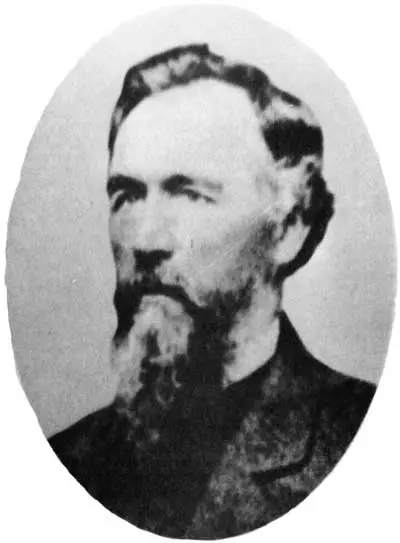Developing the West
The development of the West borderline life in America characterizes one of the most thrilling periods of the United States. From 1850 until the 19th century, there have been widespread and swift changes which transformed the American to what is it today.
Development of the American West Facts
- The Pony Express completed its first eastbound and westbound deliveries between San Francisco, Missouri, and St Joseph on April 14, 1860.

- The Union Pacific Railroad built the transcontinental line westward from Omaha, Nebraska while the Central Pacific Railroad was located eastward from Sacramento, California.
- Railroads in the West stimulated a myriad of activities including the shipment of cattle, sheep, wheat, corn, and mining of precious metals.
- Improved transportation, mining, and land brought immigrants to the American West in the Gilded Age.
- Innovative agricultural machinery enabled the development of agriculture in the West and allowed farmers to raise crop yields with less labor.
- The discovery of precious minerals and metals like silver during the Comstock Lode in 1858 brought settlers to the West.
- The railroad was considered the most significant contributor to the development of the West.
- Hundreds of thousands of people in the West gained land through the Homestead Act during this period.
The completion of the railroads heading to the West after the Civil War led to the opening of numerous areas of the region to settlement and significant economic development. New technologies also assisted more Americans and other immigrants to go to the West. Before the 1850s, the majority of individuals traveled to the West using a wagon or boat which proved expensive, slow, and limited.
The iron horse or railroad became a crucial innovative travel option for merchants and middle-class individuals, especially after the 1860s. This was further strengthened following the enactment of the Pacific Railroad Act of 1862 which authorized a transcontinental rail line for a more tranquil voyage.
All-black Western promoters persuaded African-American immigrants from the Deep South that prosperity could be found in the West. At the same time, White settlers from the East came to the West from Mississippi to the ranch, farm, and mine. The Chinese railroad employees also brought diversity to the region.
Russian, French, and British groups followed in the 18th and 19th centuries respectively, which resulted in the massive reshaping of American iconography, culture, and the country’s modern national identity.
More often than not, scholars characterize the American West as the lands west of 98th meridian or the 98-degree west longitude. This line of longitude runs through the middle of Kansas and Texas through the Dakotas and the eastern third of Nebraska. Some of the characterizations of the region include all lands west of the Missouri or Mississippi rivers.
The Great Plains of the West was initially transformed by the settlement from the East after massive herds of American bison around the plains were wiped out. This subsequently resulted in the importance of the cattle industry as railroads have a way for everyone to get cattle into the market.
Nonetheless, the loss of the bison and the rise of white settlement dramatically impacted the lives of the Native Americans living in the West. This resulted in the California territorial government to send a military expedition on April 16, 1850, to fight with hostile Yuma Indians along the Colorado River.
While the American Indians experienced occasional victories, they were doomed to be defeated by the higher members of the settlers and the military force of the government. At around 1880s, the government had confined American Indians to reservations that were often located in the West and desirable to the white settlers.
What is the most significant contributor to the development of the West?
The greatest contributor to the development of the West was a railroad.
What brought immigrants and settlers to the American West in the Gilded Age?
Mining, land, improved transportation brought settlers to the West in the Gilded Age.
When did the Pony Express complete its first eastbound and westbound deliveries?
The Pony Express completed its first eastbound and westbound deliveries on April 14, 1860.
What were the popular activities during the discovery of the railroad?
The discovery of the railroad led activities such as mining and shipment of cattle, sheep, wheat, and corn.
How did scholars describe the American West?
Scholars described the American West as the 98-degree west longitude.



